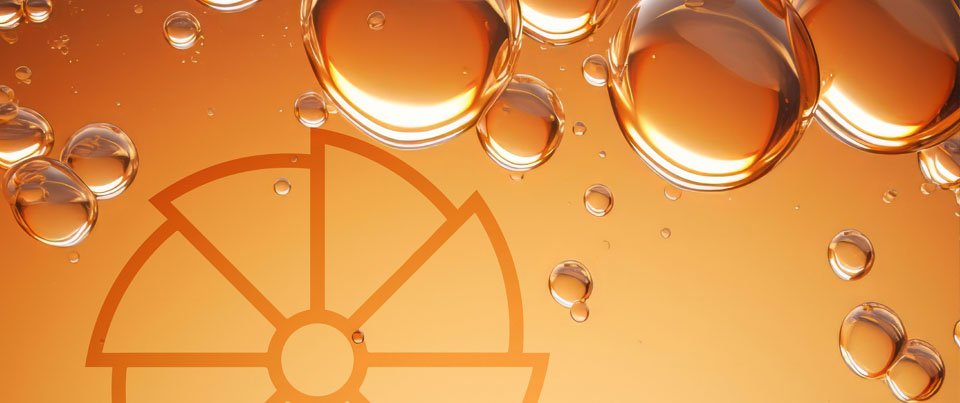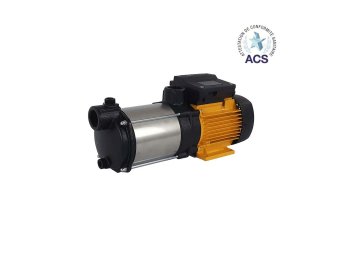Cavitation: how to prevent it and avoid damage to the pump.
Cavitation is one of the most feared problems when it comes to electric pumps. Noise and vibration are the signs that indicate the presence of cavitation, but the greatest damage is caused by the strong mechanical impact on the pump body and especially on the impeller.
The physics of cavitation.
Cavitation is the phenomenon where vapor zones form within a fluid and are destined to implode, producing a characteristic noise similar to that of jammed gears. This is all linked to a local drop in fluid pressure to the vapor pressure. The fluid undergoes a phase change to gas, resulting in the appearance of bubbles, a process known as nucleation. After their formation, the bubbles tend to grow, but as soon as they enter a zone of higher pressure, they implode, releasing a large amount of energy.

Hydraulic pumps and the danger of cavitation.
Within thehydraulic pump, the point of lowest pressure is usually at the blade tips at the inlet of the impeller. As you move toward the outlet of the impeller, the pressure tends to increase, and this is where the bubbles implode because the vapor pressure can no longer counteract the hydrostatic pressure. The resulting pressure waves are transmitted to the impeller walls, causing serious damage. These localized high-pressure jets are also dangerous for the strongest metals, creating so-called erosive pits, a form of pitting corrosion that can cause perforation even with small metal loss.
In addition to impeller damage, vibrations cause wear on bearings and seals. Cavitation also affects overall efficiency, as friction and turbulence clearly degrade pump performance.
How to choose and install the pump correctly to avoid cavitation.
To avoid the risk of cavitation, there is a fundamental parameter to consider: the NPSH (Net Positive Suction Head) value.
NPSH indicates the minimum suction pressure required, expressed in meters, so the pump can operate according to its performance curve, avoiding cavitation. In other words, NPSH indicates the amount of energy the liquid must have at the pump's inlet (where the lowest pressure point is) to prevent the formation of vapor bubbles and subsequent cavitation.
At a given flow rate, the NPSHA value (Available Net Positive Suction Head) must be greater than the NPSHR value (Required Net Positive Suction Head). Additionally, it is advisable to always include a safety margin of 0.5 m or 1 m to ensure the pump operates at optimal capacity.
In addition to the correct NPSH value, it is important to follow these tips:
- Place the check or non return valvesas close as possible to the suction tank, or consider using a submersible pump. To create positive suction pressure, you can install the pump under suction head, i.e., at a lower level than the liquid being pumped.
- Minimize pressure losses as much as possible since any pressure drop negatively affects cavitation. In this regard, it is important that the suction manifolds are properly sized, with a sufficiently large diameter and no rough surfaces or sharp corners at the inlet. Similarly, to reduce pressure losses, care should be taken with all system components, such as foot valves or check valves, choosing models that ensure high hydraulic efficiency.
























